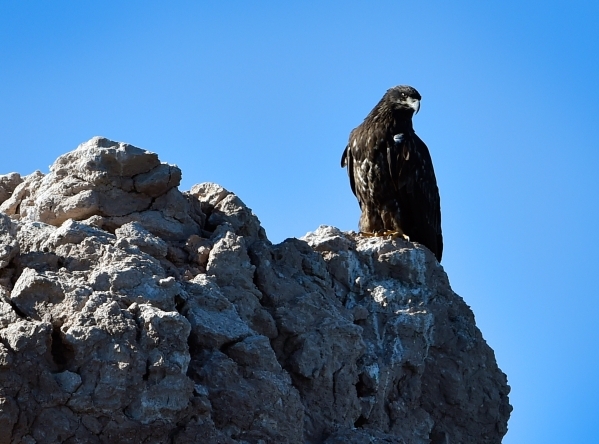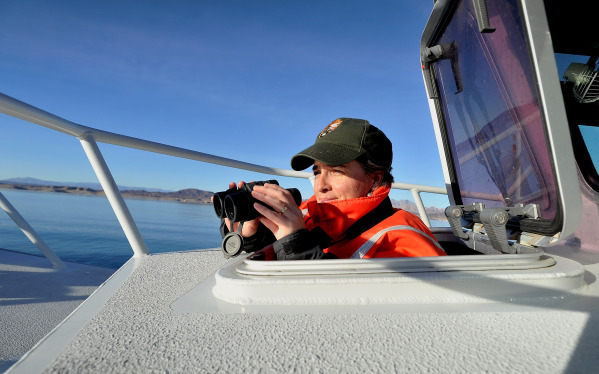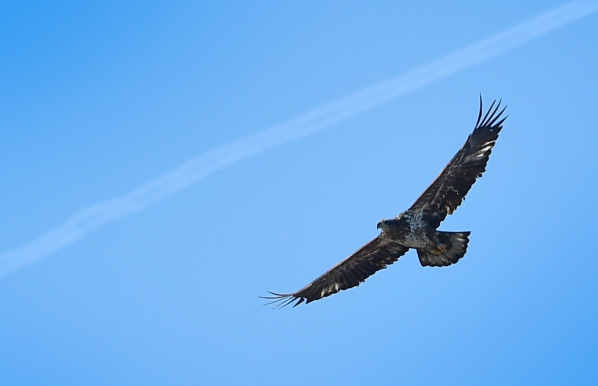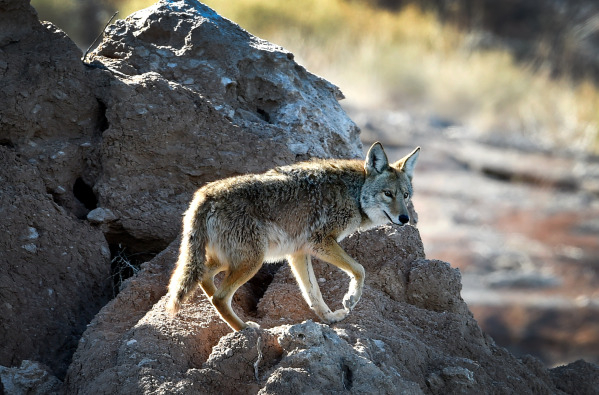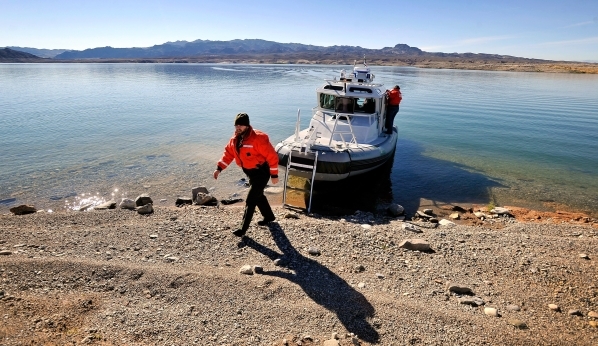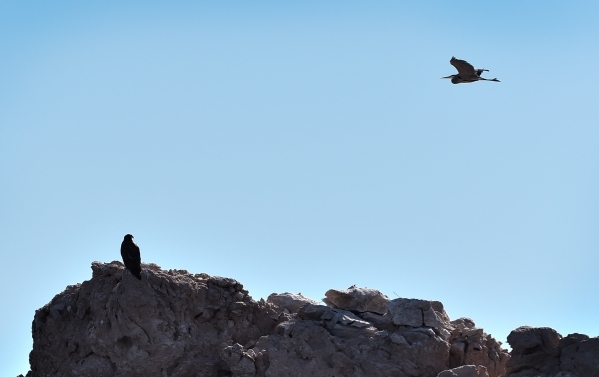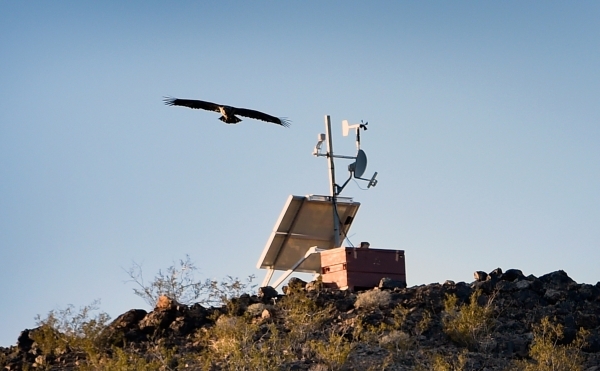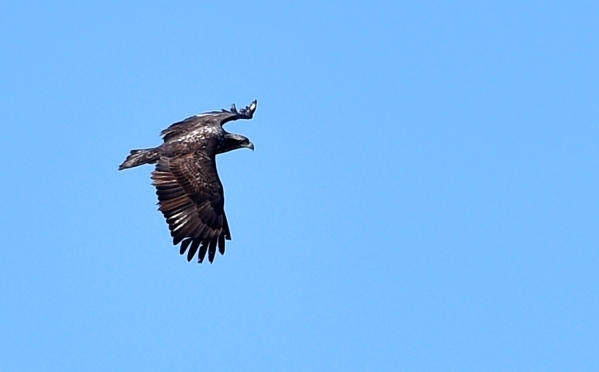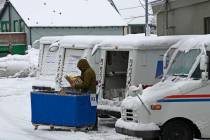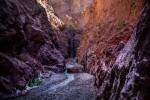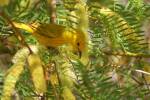Even at Lake Mead, eagles prefer the north — VIDEO
If you want to see bald eagles, you need to head north to a place like Alaska, Washington or Lake Mead's Overton Arm.
The northern tip of Lake Mead once again posted the highest number of eagles during an annual count by the National Park Service on Tuesday.
Of the 113 bald eagles spotted within the 1.5-million-acre national recreation area, 36 — nearly a third — were found along the open, quiet waters of the Overton Arm.
And even more eagles might have been counted had there been more water in the reservoir. As it was, low water conditions forced the boat assigned to the Overton Arm to turn around about 10 miles short of the confluence of the Virgin and Muddy rivers, usually one of the best places at Lake Mead to spot the national bird.
"It's certainly where they used to hang out," said wildlife biologist Ross Haley, who has been tracking eagles at the recreation area east of Las Vegas for about 20 years.
Haley was one of about 50 biologists, birders and other volunteers who fanned out across Lake Mead and Lake Mohave in eight boats for the dawn-to-dusk wildlife survey.
This year's total was up 14 from last year, but still down from counts of 132 to 178 during the previous five winter eagle surveys at the recreation area.
Experts don't know the reason for the decline — or even if there really are fewer eagles at the lake, since lower levels have limited the scope of the water-based survey. But they're not worried about it in any case because they don't really have enough information to go on yet, said Julia Mueller, a Lake Mead fisheries biologist who organized Tuesday's count.
Mueller spent the day scanning a 65-mile stretch of Black Canyon downstream from Hoover Dam, where the team on her boat spotted an adult bird near the site of the only known bald eagle nest in the recreation area.
"We still believe they are there," she said of the mated pair that has successfully fledged two young eagles in the past five years.
Tuesday's count was part of a national eagle survey that dates from 1979 and is designed to track the population and distribution of a species that was close to extinction in the lower 48 states when it was listed as endangered in 1967.
Thanks to widespread habitat protection and the elimination of the pesticide DDT, the population rebounded from fewer than 500 nesting pairs in the lower 48 to 20,000 birds by 2007, when the species was dropped from the endangered list.
Of the 113 bald eagles cataloged at lakes Mead and Mohave on Tuesday, 44 were adults and the rest were juvenile birds, lacking the distinctive, snowy white hoods that develop with sexual maturity at age 4.
Haley said bald eagles migrate here from as far away as Canada in search of open water free of ice. They generally arrive in November and head north again in March.
The Park Service conducts its annual winter eagle count at Lake Mead with help from an alphabet soup of government agencies including the U.S. Fish & Wildlife Service, Bureau of Reclamation, Bureau of Land Management, Nevada Wildlife Department and UNLV.
"There are a lot of acronyms, but we get a lot of cool work done," said Theresa Thom, an aquatic ecologist for the Park Service at Lake Mead.
Her assigned survey route covered all of Boulder Basin, Lake Mead's busiest area, where she and her crew spotted three bald eagles, two golden eagles and a sixth large raptor that flew away too quickly to be identified.
They also saw harriers, red tail hawks, peregrine falcons, ravens, bighorn sheep, burros and other wildlife, including a pair of coyotes that watched them warily from a small island in what used to be Las Vegas Bay.
Contact Henry Brean at hbrean@reviewjournal.com or 702-383-0350. Follow him: @RefriedBrean



